READY TO GET STARTED?
REQUEST A FREE ESTIMATE
Fill out the form below or call (888) 466-7849 for a free, no-obligation estimate.
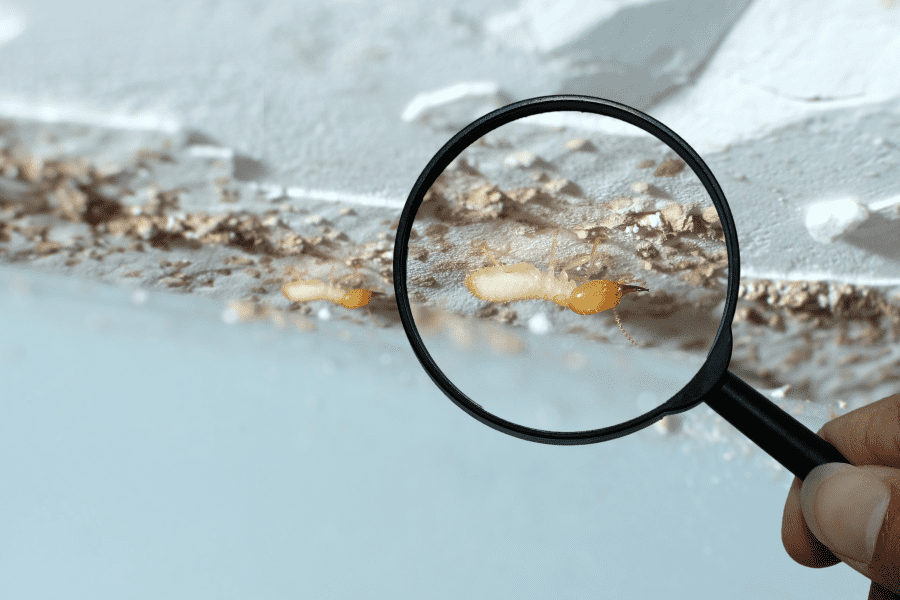
With termites being active 365 days a year, termite prevention is a year-round venture. Termite activity is typically more predictable in the winter months, so setting up termite treatments, especially bait stations, is ideal.
Termites in the south are more likely to discover strategically placed bait stations, like Sentricon® Always Active, year-round, but can also discover the bait stations in the winter. This is because in warmer months, termites are more likely to travel further away from their nests to find food. Termites tend to stay closer to home in the cooler months, making it more likely for them to find termite bait instead of food.
The first step to getting your bait stations in place is to have a property inspection. A technician will do an assessment of your property to determine the best placement locations for your bait stations. They will be able to evaluate the size of your property, age of the structure, and if any termites are currently active. The stations are then implanted into the ground with the top placed flush with the soil’s surface. The stations don’t need to be messed with and your technicians know when to check on them, making it something you don’t need to worry about.
If you are interested in getting year-round termite protection, be sure to reach out to your local pest control company to get started today!
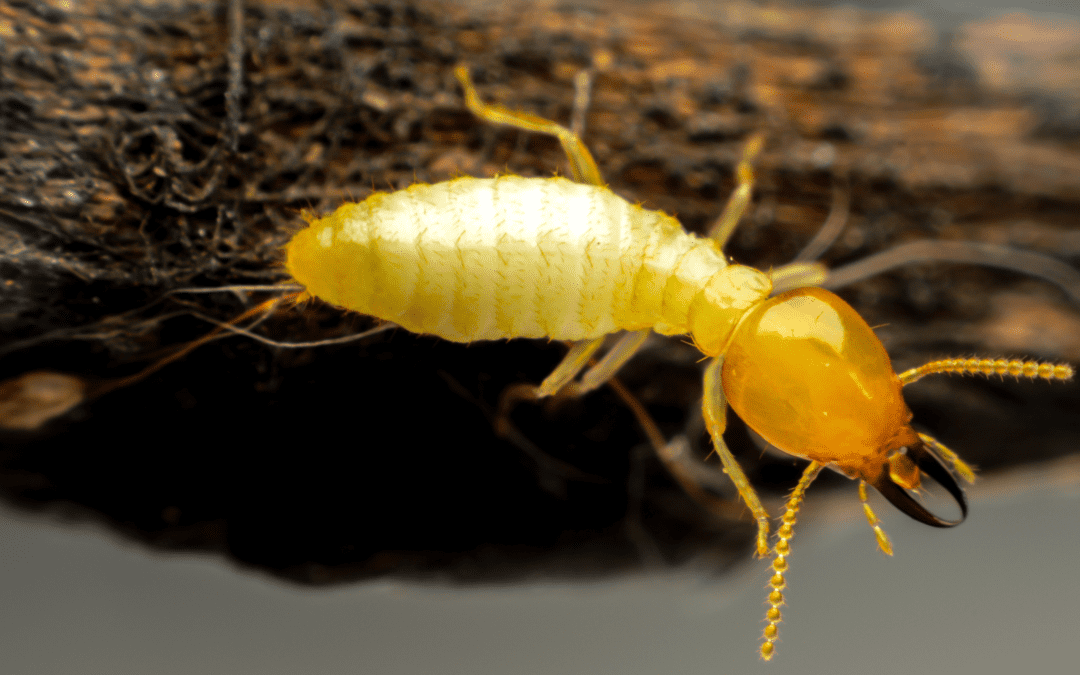
It’s no surprise that termites are still active in the fall. The only factor that changes termite activity in the fall season is their tendency to burrow deeper into the ground. However, if these pests burrow their way into your home, they won’t need to dig deeper to find warmth and instead will infest.
Continuing termite control into the colder months will help to protect your home up until spring begins again. Be sure to keep up with termite control to lessen the chance of termites swarming in the spring and summer months.
Regardless of the season, there are common signs of termite infestations to look for in your home, including:
There are a few steps for termite protection you can take in and around your home. Make sure all water and gas lines are sealed adequately. Fix any leaky faucets or appliances and get rid of any standing water. Try to eliminate any cellulose material, as this is a termite’s primary food source.
If you suspect you have a termite problem or want to stay proactive against them, reach out to your local pest control company to receive a free termite inspection and discover the best plan of action perfect for you and your home!
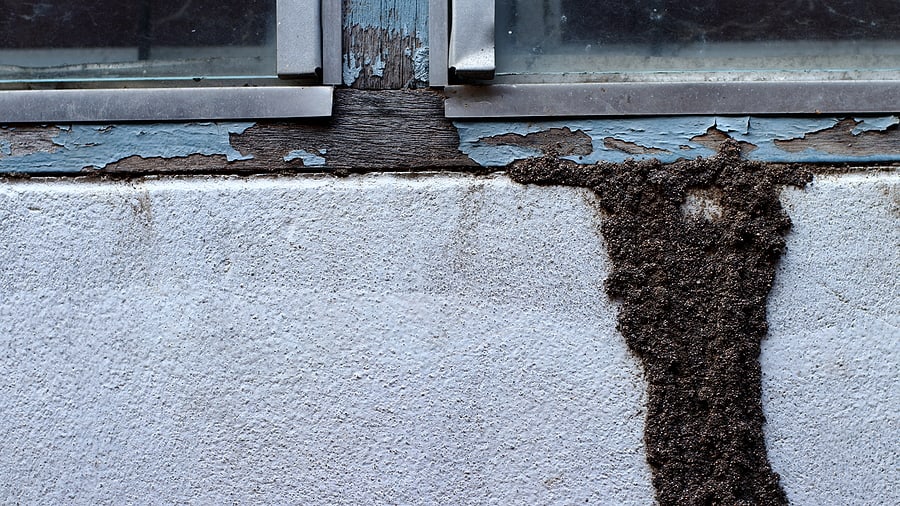
An annual termite inspection is a huge part of termite control. These inspections not only look for signs of termite activity and previous damage, they also look for any areas of your home that might be at risk for future termite infestations. Although termite season peaks in spring and early summer, you can schedule your inspection at any time during the year. What’s most important is that you have it done every year; termites can go undetected for long periods of time so annual inspections can help catch this activity early, saving you on costly treatments and repairs.
The good news about termite inspections is that most companies will perform them for free (unless it’s part of a real estate transaction). In most cases, once the inspection is complete then you will pay for either a treatment (if activity is found) and/or to have your termite bond renewed for the next year.
Once you schedule your termite inspection, the next step is to prepare for your technician’s arrival. Make sure to remove anything under your kitchen and bathroom sinks to allow them to check for any water damage or termite activity in these hotspot areas. In your garage, make sure anything stacked against the walls is pulled out at least 2 feet. The same goes for anything touching the exterior walls of your home. Remove any items that might be blocking the entrance to your attic or crawlspace. Trim any bushes or plants that conceal your exterior walls, crawlspace opening, or foundation.
The average inspection will last anywhere from 45 minutes to 2 hours, depending on the size of your home and property. A technician will carefully inspect both the inside and outside of your home, looking for signs of termites including droppings, discarded wings, mud tubes, damaged wood, and live termites). They will also check for any signs of previous termite damage. A termite inspection should include examination of baseboards, walls, windows, crawlspaces, door frames, windowsills and frames, inside cabinets and closets, attics, garages, and foundations. They will take extra care when inspecting kitchens, bathrooms, and utility rooms since termites will often use plumbing that passes through foundations to gain access to your home. They will also check the surrounding property and outbuildings, as well.
If termite activity is detected, appropriate termite treatment options will be suggested. If there are no signs of activity or infestation, termite prevention tips may also be recommended to help prevent any future damage. Some things you can do around the house include:
If you suspect termite activity or just want to get a step ahead at termite prevention, contact your local pest control company and schedule your free inspection.
How to Continue Caring for Your Lawn in the Fall
9 Common Spiders To Look Out For This Fall
Fall Spider Identification Guide
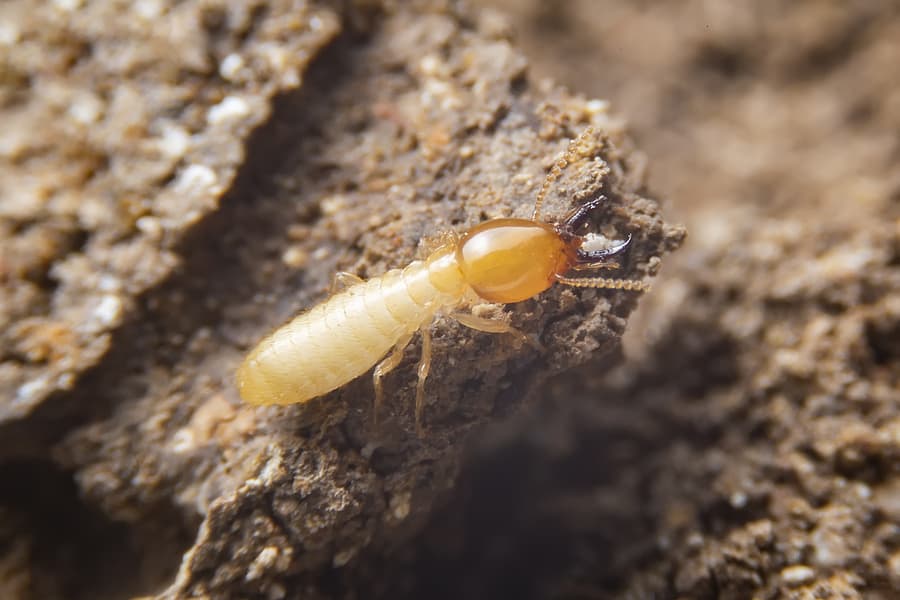
Termites are year-round pests, causing structural damage to homes and properties. The Miami-Gardens climate is hot and humid, the perfect conditions for termites. Every homeowner should implement termite control by placing certain preventative measures throughout their property to help avoid a termite infestation.
One of the most common termites in the U.S. is the subterranean termite. These termites live in colonies underground and will build mud tubes to reach food above the ground. They will often create contact between wood and soil in crawlspaces or areas underneath your home for an entry point.
Throughout your property, make sure that you keep all lumber, wood, and mulch away from your foundation. If you are utilizing firewood, look to place it at least 20 feet away from your home, raised about 8 inches off the ground and stored in plastic containers with lids. If you have a wood fence near the home, make it a routine to check for rotted or infested wood.
Most termite species need moisture to survive, often looking to our homes to find it. To help reduce the risk of termites infesting your home, reduce moisture inside and outside. Check that your gutters and downspouts are pointing away from your foundation. If you’re using a sprinkler, make sure it isn’t spraying on your home. Look inside your home for any plumbing leaks; don’t forget to check your crawlspace for leaks too. Consider investing in crawlspace enclosure, as this will reduce moisture, decrease humidity, prevent mold, avoid wood rot, and prevent termite infestations.
Termites can be hard to spot on your own. These pests can go undetected for long periods, causing significant damage before you realize they’ve been there. Consider reaching out to your local Miami-Gardens pest control company which can perform an annual termite inspection. These professionals can identify signs of termites and take quick action for termite treatments to avoid a full-blown infestation. Even if you don’t suspect you have termites, it’s always a good idea to get ahead of the game when it comes to protecting against termites.
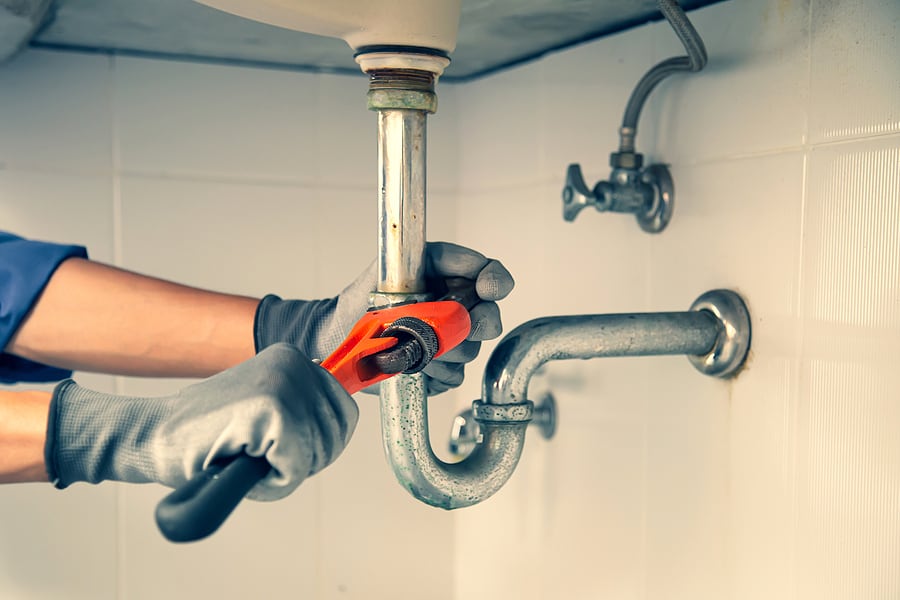
Hot, humid weather is inevitable when you live in the Fort Lauderdale area. Unfortunately, pests like termites thrive in these conditions, looking to our homes for a food source. Termites will eat wood inside out, sometimes going undetected for a long period of time. Some common termite species include drywood termites and subterranean termites. To enhance termite control around your home, it’s important for every homeowner to utilize preventative measures throughout their property.
Improper drainage is one of the most common reasons termites infest. Subterranean termites are looking for moist wood to infest, causing significant structural damage. Our gutters often clog, causing water to pool and create insulation vulnerable to termites. Likewise, the leaves, twigs, and debris can get caught and build up in gutters, softening your roof and causing it to rot. Divert your down-spout away from your home and consider utilizing splash blocks to prevent pooling water.
Showing off your beautiful landscaping and a green, lush yard is ideal for every homeowner. Unfortunately, the materials we sometimes use to create this can be beneficial to termites. Landscaping mulch can be aesthetically pleasing, but unfortunately, it can attract termites into our homes. Try to minimize your use of mulch but if you do utilize it, keep it away from your foundation by at least 15 inches.
Excessive moisture can cause multiple problems for your home, including termites. Leaking pipes or lack of airflow can create an ideal environment for these pests. A major step in preventing termites is eliminating excessive moisture inside the home. Enclosing your crawlspace is a great way to not only prevent termites and other pests, but to also improve the overall health of your home.
If you’ve taken as many precautions as possible to avoid termites but are still looking for extra protection, consider reaching out to your local Fort Lauderdale pest control company. These professionals can provide you with a termite inspection and a treatment and prevention plan customized to your home.